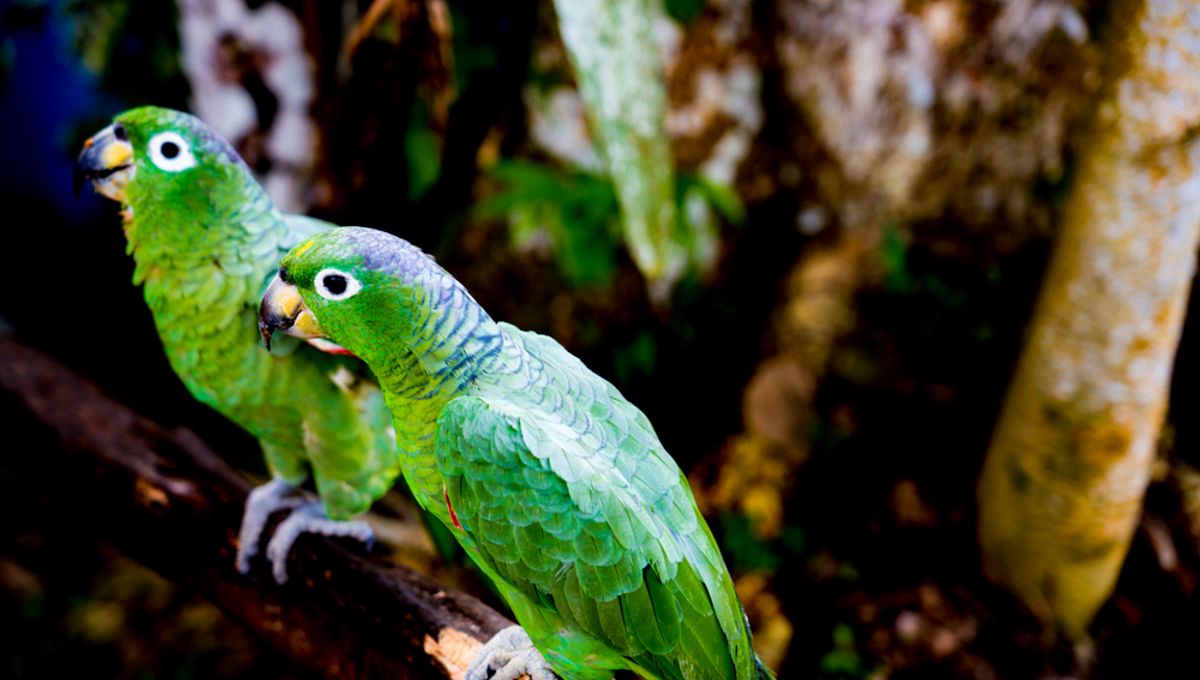
At the start of the 19th century, the German Geographer and Naturalist, Alexander von Humboldt stumbled on a curious language while exploring the Amazon basin. Not only had he never heard this strange language before, but the words were coming from an unlikely source – a parrot. According to Humboldt, the parrot was the last living creature to speak an otherwise dead tribal language.
The story has since gone down in legend as an example of the fragility of language, while others have dismissed it as little more than a flight of fancy. So what do we know?
In June 1799, Humboldt, the quintessential researcher/explorer, set out from La Coruña in northern Spain for an exploration of North and South America. His journey took him five years, in which time he traveled through Cuba, Colombia, Ecuador, and then onto Peru and Mexico, among other places, before making his way to the United States and onwards back to Europe.
Throughout his trip, Humboldt gathered huge amounts of ecological and zoological data related to flora and fauna and even the local climates he encountered. He also kept lengthy notes on the human culture he witnessed and detailed everything from local politics to different traditions. His ability to speak Spanish was also a great benefit, as it allowed him to communicate – at least in part – with some local tribes as he traveled, which was extremely serendipitous.
According to popular story, while exploring the Orinoco River, in modern-day Venezuela, Humboldt stayed with a local tribe near the village of Maypures. It was here that the explorer apparently met a parrot that spoke something different to all the others surrounding it. After enquiring with the locals, Humboldt was told that the bird had once belonged to an enemy tribe who had been forced from the area where they eventually died out on a small islet some distance away. The parrot, it seemed, was the last survivor to speak this strange language.
Ever the diligent researcher, Humboldt apparently bought the parrot and brought it back to Europe with him where he proceeded to record the phonetic sounds of the bird’s speech. In doing so, he preserved the last utterances of an extinct language and culture.
Humboldt was able to record around 40 words spoken by the parrot which he recorded. This material has been an inspiration for generations of linguists who regard it as a powerful example of how languages can easily die if there is no one (or no bird) left to speak them. In 1997, an artist even taught the words to modern parrots and toured with the recordings so a new generation could hear this lost language.
But is the story true? Although there are many who celebrate this tale of avian articulation, there are others who have dismissed it as probably fanciful. However, Humboldt did offer some evidence to support his story. In a book published soon after his return to Europe, Humboldt explained how he had stayed with the Guahibo people in a village beside a waterfall on the Orinoco river. In this explanation, he described encountering the parrot and how it spoke the language of Atures, the warlike tribe who had disappeared. Humboldt wrote that:
“The last families of the Atures still existed in 1767… At the period of our voyage, an old parrot was shown at Maypures, of which the inhabitants said – and the fact is worthy of observation – that they did not understand what it said, because it spoke the language of the Atures.”
The truth behind this compelling tale may always remain uncertain, but this at least does provide some specificity for the supposed language the parrot was meant to recall. If it is true, then it is a unique example of how a chance encounter and a clever bird saved a language.
Source Link: Did A Parrot Really Save A Lost Language?